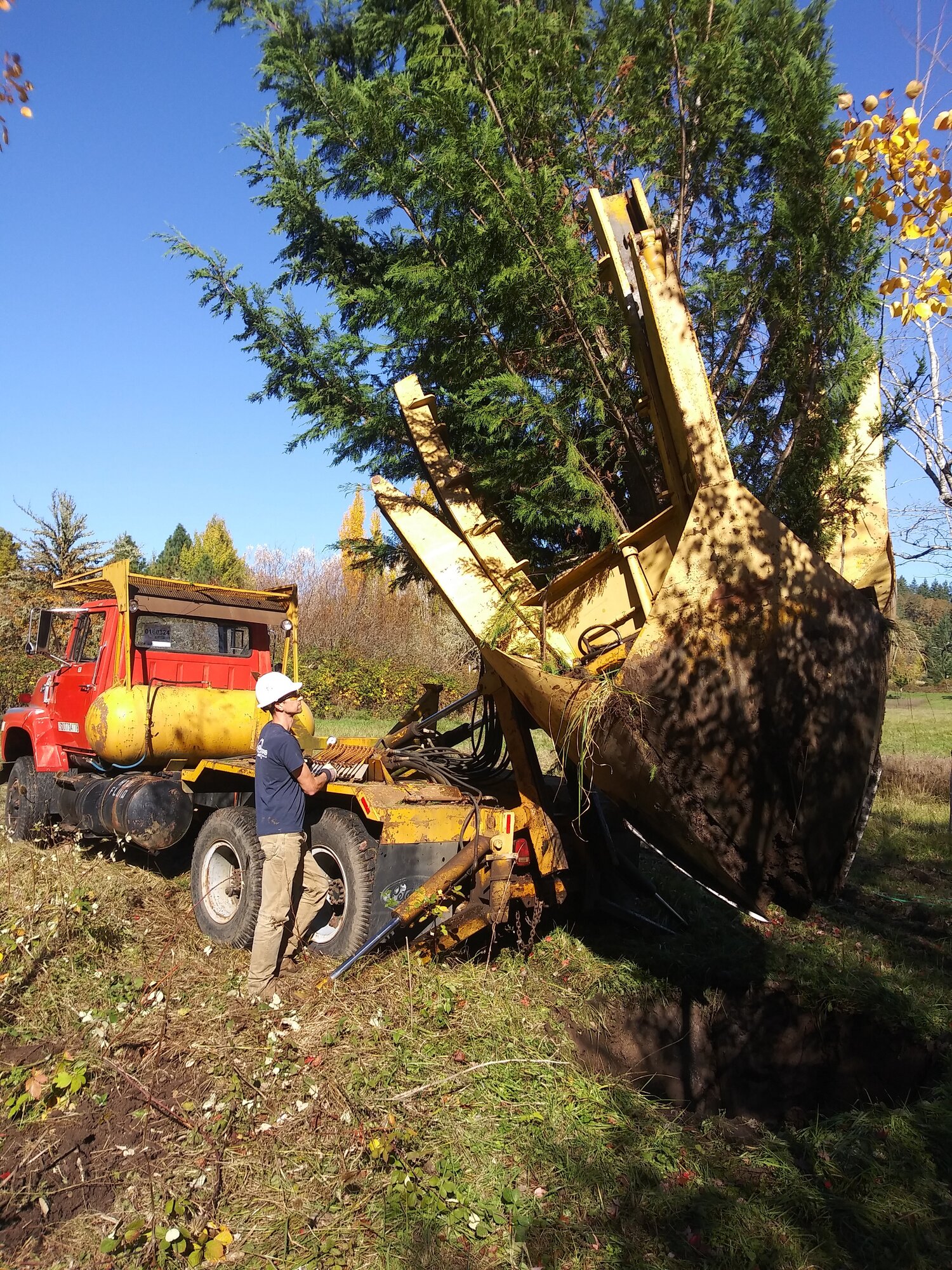innsertnamehere
Superstar
you can't really move trees that large and old, I suspect. At least not without great expense.
you can't really move trees that large and old, I suspect. At least not without great expense.
Metrolinx plans to cut down historic Osgoode Hall trees after all
At the very least, couldn't these trees be moved to a different location?
you can't really move trees that large and old, I suspect. At least not without great expense.

It's an accessibility issue. The reason they're building an entrance pavilion is to have dual elevators down to the OL concourse level. Can't really fit those in the middle of the sidewalk along Queen. Also there is a general trend away from sidewalk entrances, not just at MX, but at the TTC as well. For example, St Patrick station will have had all but 1 of it's sidewalk entrances replaced with entrances integrated into nearby buildings once the United Building is done.Is there a reason - I mean, quite apart from the Metrolinxness of the whole thing - that precluded a sidewalk entrance outside the Osgoode Hall grounds like they already have for Osgoode station on University Avenue?

Metrolinx plans to cut down historic Osgoode Hall trees after all
At the very least, couldn't these trees be moved to a different location?
maybe a group of 5 UTers should chain themselves to those trees December 5th?"Metrolinx plans to hold a community meeting in the coming weeks to provide updates about Osgoode Station."
I wonder if this townhall will be before or after the trees are cut lol... My bet is they host the community consultation meeting after the trees are cut down.
...I mean you are welcome to do that, if you're buying the coffee. I'm not sure that will be effective though. >.<maybe a group of 5 UTers should chain themselves to those trees December 5th?
maybe a group of 5 UTers should chain themselves to those trees December 5th?
"Metrolinx plans to hold a community meeting in the coming weeks to provide updates about Osgoode Station."
I wonder if this townhall will be before or after the trees are cut lol... My bet is they host the community consultation meeting after the trees are cut down.
...and in doing so, they would be actors who have no real interest in the community whatsoever, other than to spin apologia for crappy decisions to buy PR points.Based on how they've done things so far, I think that's a fair assumption.
Alright, I'll admit that I'm starting to warm-up to the whole 'University Park' concept. That central University median strip, while looking impressive, has always been something of a 'no man's land'. Shifting University's northbound lanes west will create a great new, accessible public realm. There's even the possibility of a restoration of the 'lost' adjacent Taddle Creek, a portion of which once flowed south along today's 'Philosophers Walk'. Reminds me a bit of proposals for restoring portions of London's lost River Fleet. Looking at the graphics, there also seems to be some reconfiguring of traffic flow at the University/Front/York intersection, with substantial greenery and making it more a proper city square, something I've always thought was a lost opportunity here. As for those trees, I still don't think they stand much of a chance even with this scenario, as any deep excavating for the new Osgoode station is bound to disturb their extensive root systems.There is a better plan. It involves moving the northbound lanes to take over the centre median and turning the old lanes into a park, with space available for the entrance.
See https://universitypark.evergreen.ca/

Alright, I'll admit that I'm starting to warm-up to the whole 'University Park' concept. That central University median strip, while looking impressive, has always been something of a 'no man's land'. Shifting University's northbound lanes west will create a great new, accessible public realm. There's even the possibility of a restoration of the 'lost' adjacent Taddle Creek, a portion of which once flowed south along today's 'Philosophers Walk'. Reminds me a bit of proposals for restoring portions of London's lost River Fleet. Looking at the graphics, there also seems to be some reconfiguring of traffic flow at the University/Front/York intersection, with substantial greenery and making it more a proper city square, something I've always thought was a lost opportunity here. As for those trees, I still don't think they stand much of a chance even with this scenario, as any deep excavating for the new Osgoode station is bound to disturb their extensive root systems.
Sounds very similar to the River Fleet. When Boris Johnson was London mayor he proposed opening up and restoring sections of it, but it was deemed too unrealistic as the underground river is now much too integrated with the city's sewers to be viable. Still, a 'restored' wooded ravine in the heart of the city(minus the water) has its appeal.I'm a bit proponent of daylighting creeks.
Sadly, Taddle Creek will almost certainly never be among them.
Its flows are integrated with the combined sewer system throughout downtown, which is why U of T abandoned its hopes for surfacing the creek in Philosopher's Walk.
But the University Park Concept still has merit.
And I'd love to see some of the original ravine topography restored with a copse of woods around it, up in the Queen's Park / U of T area.
That will not be in play further south. But there we may still gain a critical mass of usable public realm of quality.